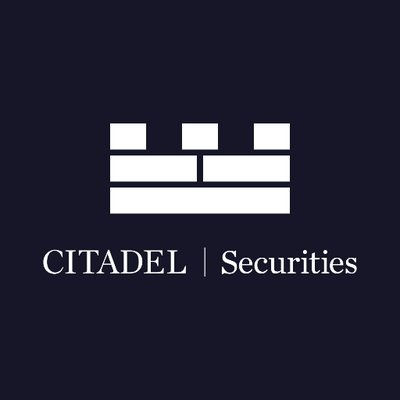
Citadel AI Engineer Behavioral Interview — Impact, Rigor, and Execution Under Pressure
This behavioral interview evaluates how an AI Engineer will operate in Citadel’s high-performance, meritocratic culture. Expect a fast-paced, evidence-based conversation focused on ownership, decision quality under uncertainty, collaboration with quants/traders/engineers, and disciplined delivery of production ML systems supporting investment strategies. Format (typical 60 minutes): - 5 min: Context setting and role alignment (desk/team, types of models, production constraints). - 30–35 min: Deep dive into 1–2 high-impact projects; interviewer probes for precise contribution, measurable outcomes, and technical/operational trade-offs (latency vs. accuracy, reliability, cost, data quality). - 10–15 min: Scenario drills reflecting real pressures (market open incident, feature drift before a rebalance, stakeholder conflict on model risk vs. speed to deploy). - 5–10 min: Candidate questions (assessing judgment, preparation, and ability to prioritize signal over noise). Citadel-specific focus areas: - Ownership and accountability: Clear end-to-end responsibility for models/services (from data acquisition and training to monitoring, rollback, and postmortems). Evidence of raising the bar, not just meeting requirements. - Decision-making under pressure: How you act when markets are live or timelines are compressed; ability to quantify trade-offs and commit with incomplete information. - Rigor and verification: Data provenance, experiment design, ablations, backtests, offline/online validation parity, guardrails, and clear success metrics tied to business outcomes. - Production mindset: Reliability, latency, capacity planning, incident response, on-call maturity, and model governance (drift detection, auditability, reproducibility). - Cross-functional collaboration: Working with PMs, researchers/quants, SRE/infra, and compliance/risk; pushing back constructively; crisp written and verbal communication. - Learning velocity and resilience: Postmortems, iteration cadence, and examples of turning failures into durable process/architecture improvements. Sample prompts the interviewer may use: - "Describe a time you owned an ML system in production during a critical window. What failed, what signals told you, and what exactly did you do within the first 15 minutes?" - "Walk me through a decision where you traded accuracy for latency or stability. Quantify the impact and how you validated it." - "Tell me about a time you disagreed with a quant or PM on model risk vs. deployment speed. How did you resolve it and what changed afterward?" - "Give an example of detecting and addressing data/feature drift before it impacted PnL or downstream users. What monitors and thresholds did you implement?" - "Describe the most rigorous experiment/backtest you designed. What assumptions could have invalidated it and how did you guard against them?" Signals of strong alignment: - Precise, quantifiable outcomes (latency/PnL/SLAs/alert MTTR), clear personal ownership, first-principles reasoning, and disciplined change management. - Evidence of raising standards: automating safeguards, improving monitoring, simplifying architectures, or codifying best practices. Red flags: - Vague impact, unclear personal contribution, hand-wavy validation, lack of postmortems or weak incident hygiene, difficulty collaborating with non-ML partners. Evaluation rubric (what interviewers score): - Impact and ownership - Judgment under uncertainty and speed - Technical and operational rigor for production ML - Communication with diverse stakeholders - Growth mindset and resilience
8 minutes
Practice with our AI-powered interview system to improve your skills.
About This Interview
Interview Type
BEHAVIOURAL
Difficulty Level
4/5
Interview Tips
• Research the company thoroughly
• Practice common questions
• Prepare your STAR method responses
• Dress appropriately for the role